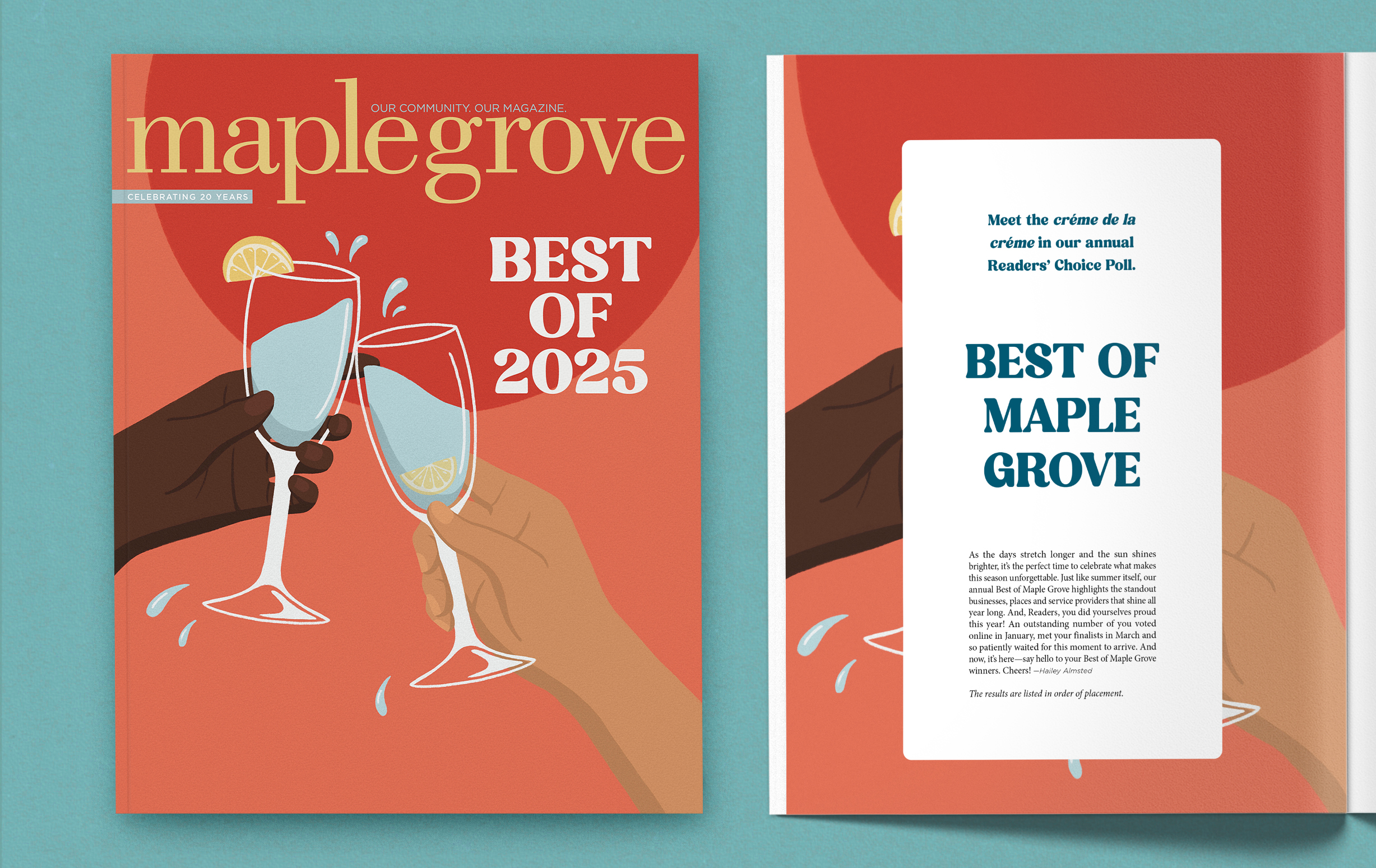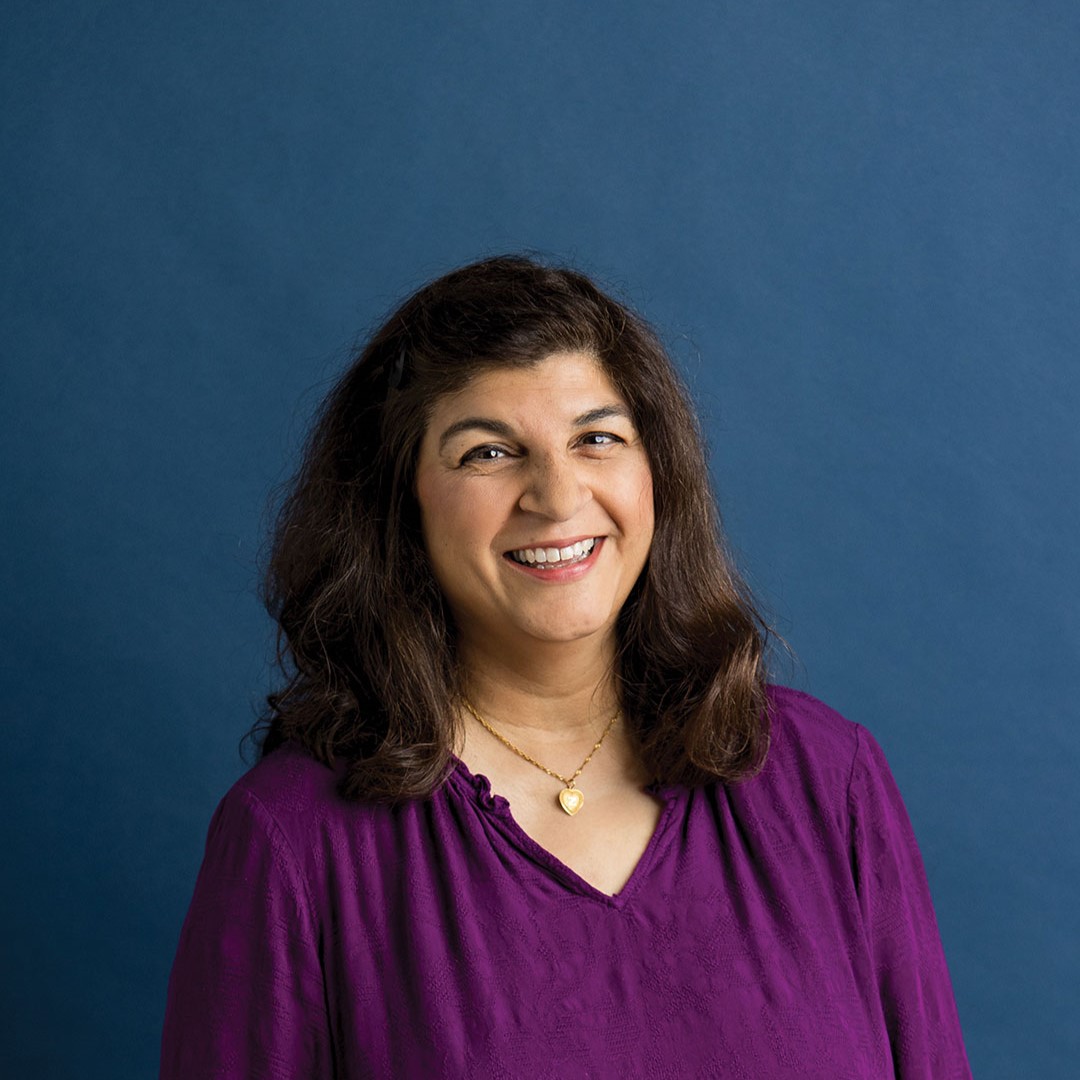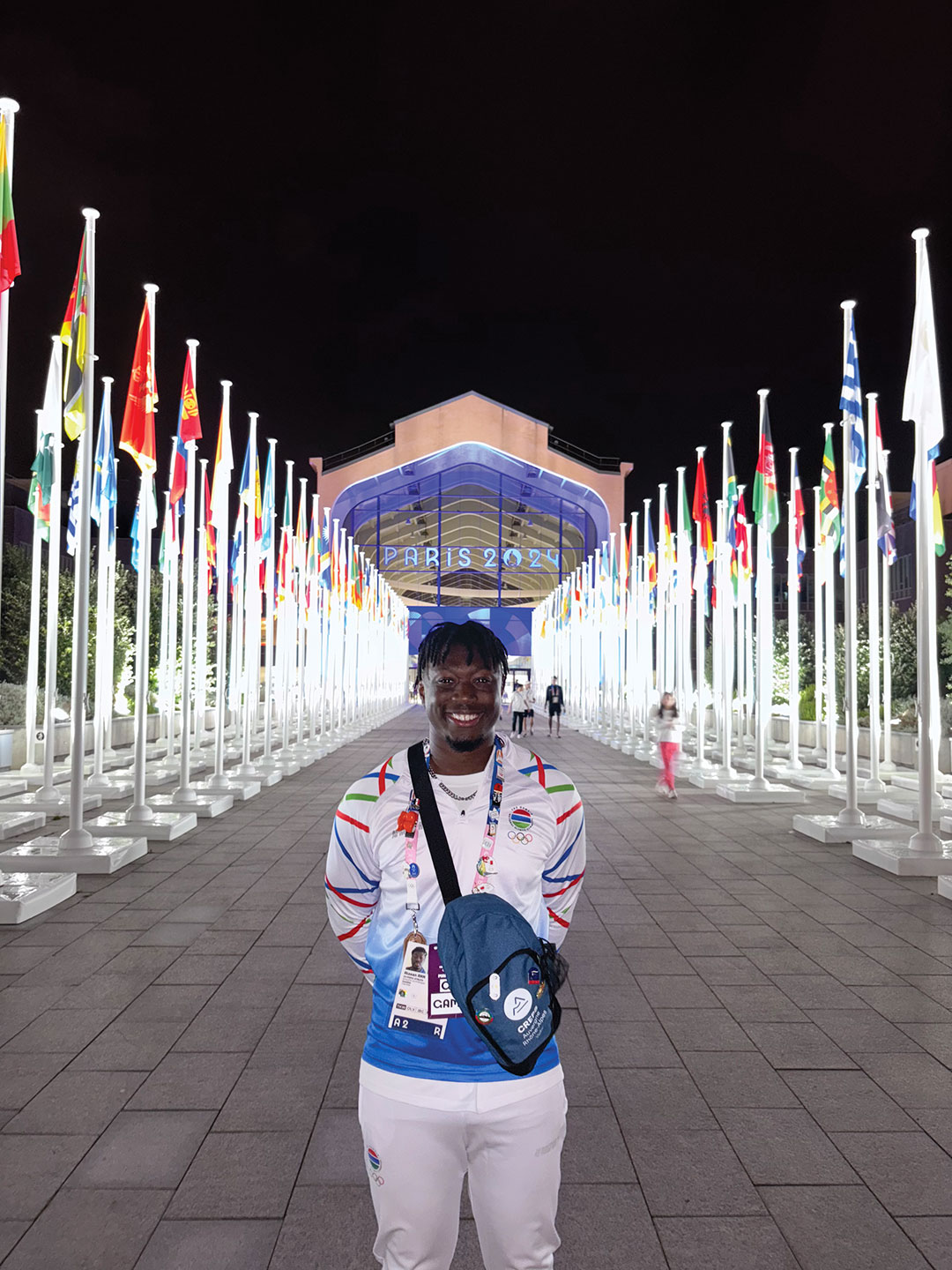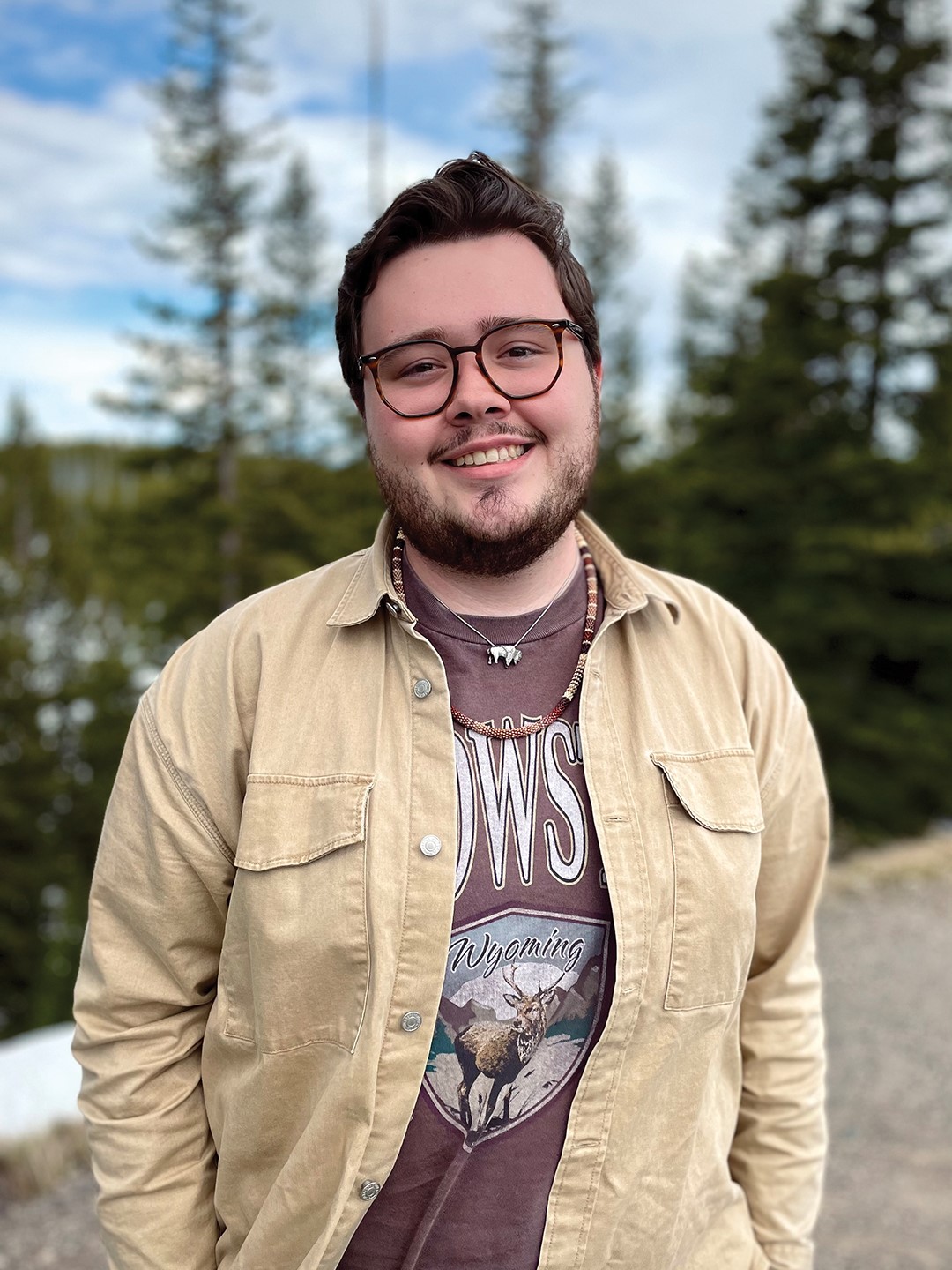
Photo: Jordan Sahly
Jordan Sahly had barely begun his chapter as a freshman at Yale University when the threat of a global pandemic sent him back home, turning his new-found freedom into lockdown. Facing the prospect of months of online learning, Sahly says he felt “alone, helpless and lost.” Like many, he found solace in taking up a new hobby, and his was tied to his upbringing as a member of the Eastern Shoshone tribe. The Maple Grove resident began beading. That hobby has since evolved to become Blue Shades Beadwork.
“I had recently completed a family history project for one of my classes, and beadwork had been on my mind since it is a big part of my family’s legacy,” Sahly says of his beading beginnings. “I decided to give it a try; I had no teachers, no supplies and no idea where to start.”
Sahly may have had no idea, but his grandfather did. A week after expressing his interest in beading, Sahly’s grandfather, E.J. Cruickshank, gifted him a small brown bag. “He said, ‘You wanted to bead; go learn,’” Sahly says. Inside the bag were porcupine quills, large needles and a tube of translucent navy blue seed beads. “This is where Blue Shades comes from,” Sahly says. “The simple gift of a tube of blue beads started my whole beading journey.”
Sahly started with basic threading and wire work, making simple loop and wire hoop earrings. Then, he moved on to brick stitch fringes, followed by loom weaving, bead embroidery, rope stitch wrapping, daisy stitch, hat wrap stitch, peyote stitch, cuff bracelet wrapping and freehand flower weaving. Sahly journaled his progress on Instagram as he tacked bigger and more ambitious projects.
His first creation, a set of loop strung earrings in turquoise and gunmetal gray, he gifted to a family friend. “We are taught that the first piece we ever make is special and that we are to gift it to someone special in our lives rather than sell or keep it for ourselves,” Sahly says.
“They were flimsy and haphazardly tied—I’m amazed they even survived, to be honest,” he says, noting that they have only had to be repaired once though the family friend wears them often.
Sahly says that he strives to do equal parts gifting and selling “in order to return the kindness of the original gift I was given—the gift of beading.”
“For me, the fun of beadwork has been making it and seeing it worn by the people around me, which is a little sweeter when it’s given freely,” he says.
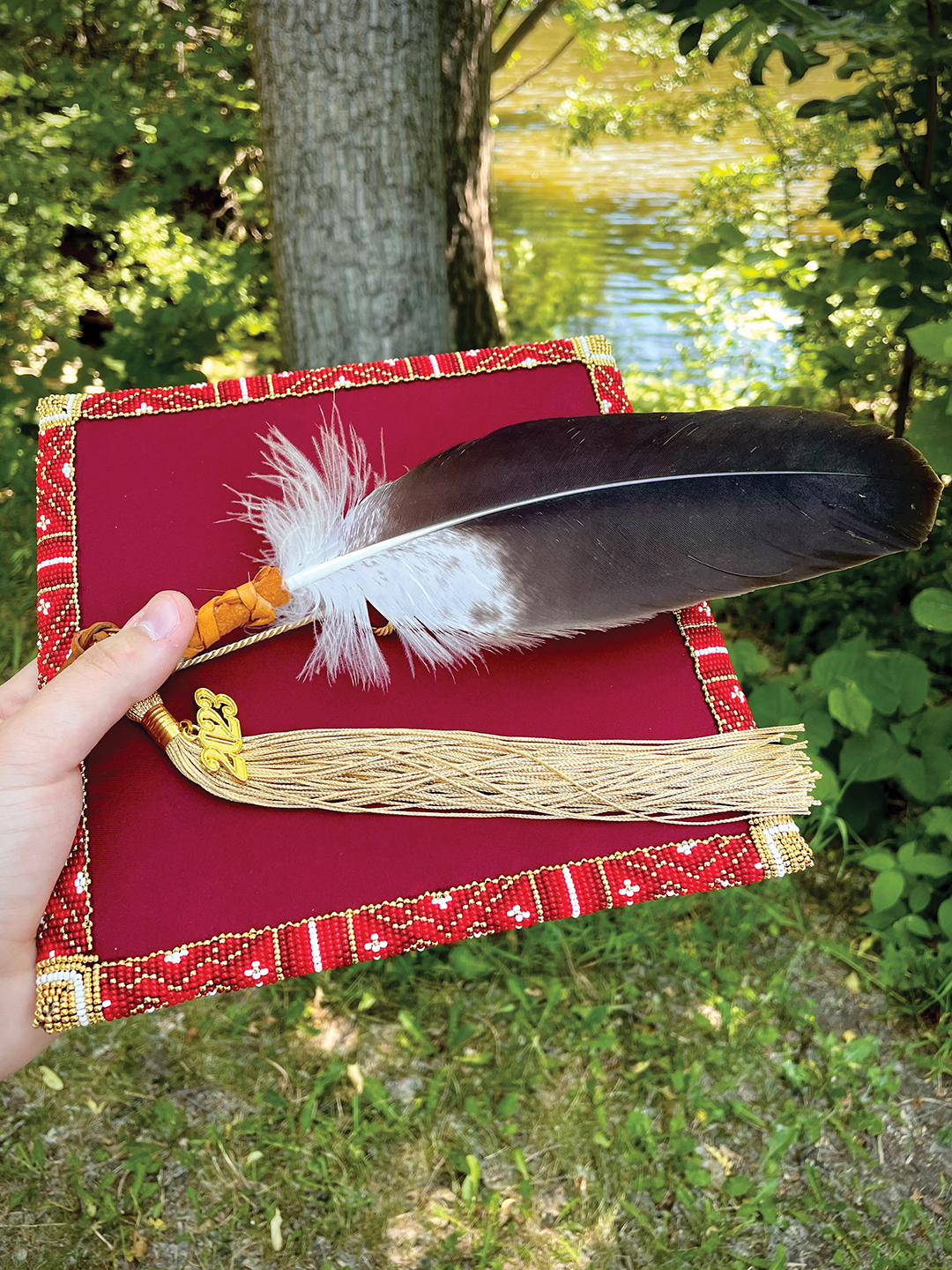
A beaded Crimson and Gold Graduation Cap that Sahly created for his younger brother. According to Sahly, it represents “not only our family’s Native culture but is symbolic of our family’s strength.” See more of Sahly’s creations on his Instagram, @blueshadesbeadwork.
Sahly continues to sell the occasional pieces, but he is not one to rush work to make money. “My projects represent pieces of me that I can give freely,” he says.
“I do it only when inspired and in my own time … I’ve found that the quality of design and beading is far better,” he says. “Now, each of my projects represents memory and woven emotion.”
Sahly’s work is inspired by his upbringing—both themes from his tribe, like mountains and specific plants and animals, as well as a childhood spent exploring Minnesota’s many lakes and forests. “I love incorporating these elements into my work,” he says.
Last year, Sahly recreated a medicine bag that had been passed down through his family for over 100 years. “I had to learn a lot of new skills, like sewing leather, beading onto leather, etc.,” he says. “When it was finished, I had a completed medicine bag that I now use to store my own medicines like my ancestors had over a century ago, so in a way beadwork helped me close a loop and understand myself and where I come from even better.”
Beadwork has become deeply personal to Sahly. “Everything I make is 100 percent from my two hands,” he says. “It can’t be mass produced. It can’t be multitasked. It can’t be made by anyone but me.”
Sahly’s creations are not only a link to his ancestors, but a link to his future descendants, as well. “I am always keenly aware that I am the next generation of our living culture; the patterns I create today may be the patterns that my great-great grandkids try to recreate with their own beads someday,” he says. “It’s important to understand beadwork as a cultural modality; on its own, it’s just some glass and string, but in the hands of Indigenous artists, it becomes the masterworks we pass down for generations to come.”
As he prepares to graduate with a degree in chemical engineering from Yale University this spring, Sahly knows beading will forever be a part of his life. “Beadwork helped me find a way forward when I felt lost,” he says. “I wove, stitched and threaded every day until one day I woke up, and I was on a new path, a better path forward.”
Jordan Sahly on his beaded Starry Night entry for the Minnesota State Fair:
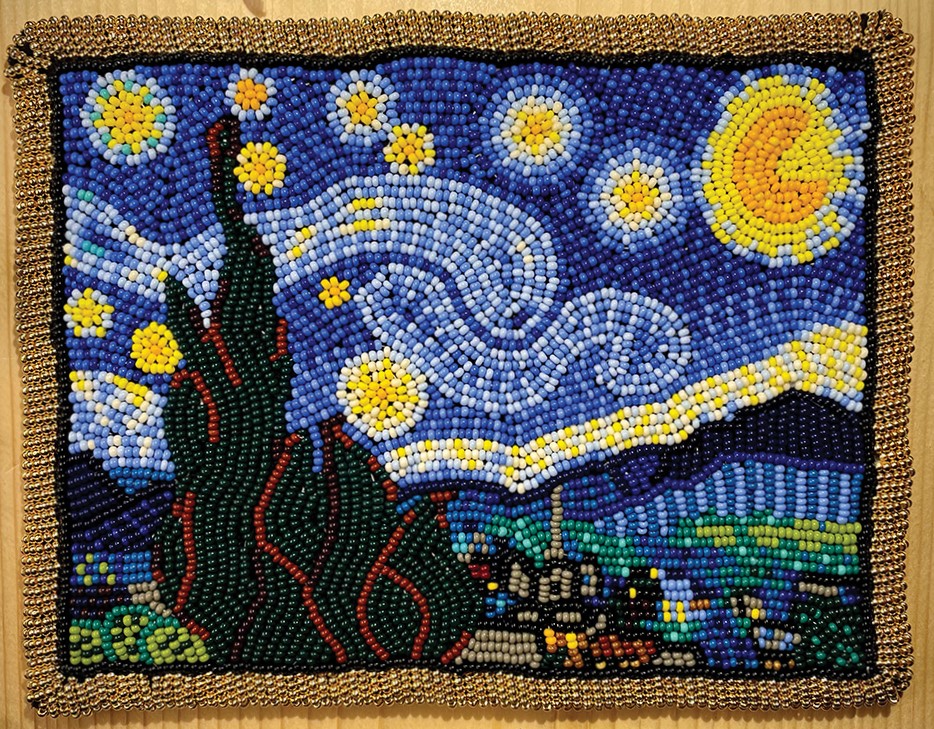
Sahly’s Starry Night entry for the Minnesota State Fair, which received second place in the Bead Embroidery category of the Handcrafts Competition.
Starry Night was a fulfillment of a goal, dream and ambition all in one. My beaded Starry Night is a roughly 6 inches by 7.5 inches, fully beaded embroidery created with 25 colors of glass seed beads. The style of beading I used I refer to as “flatstitch”—one of the most common traditional forms of beadwork and is used to create many types of complex, flat patterns. When I first learned the style, I had the vision of really pushing it to its limits and making a beaded “painting …” A few years ago, I visited the Museum of Modern Art in New York City with some friends for the first time, which I had no idea exhibited Starry Night. It had always been one of my favorite paintings, so it was an awesome surprise. I vividly remember turning to my roommate at the time and saying, “I’m going to bead that.” I didn’t know how I was going to do it but the seed was planted. When I got home that weekend, I started planning like crazy, drew up designs, began working and … got through the outline of the moon and hated it. I gave up and shelved the whole project for months. Finally, during winter break, I had five weeks at home, uninterrupted time to work. I decided “It’s now or never.” I worked endlessly for just over four weeks, and finally just before my 20th birthday, it was complete.
The [Minnesota] State Fair component was a complete afterthought. I come from a state fair family; before the pandemic we always went at least twice a year. I entered my beaded Starry Night in the Bead Embroidery category for the Handcrafts Competition. It ended up winning second place, which in my book is amazing; I’d never won an award for anything like that before. My parents went out to take a photo of it for me and everything. It was the end of an almost yearlong dream. A random visit to a museum culminated in winning an award from one of my favorite Minnesota institutions for achieving success in a craft that I’ve grown to love.
Blue Shades Beadwork
Instagram: @blueshadesbeadwork





